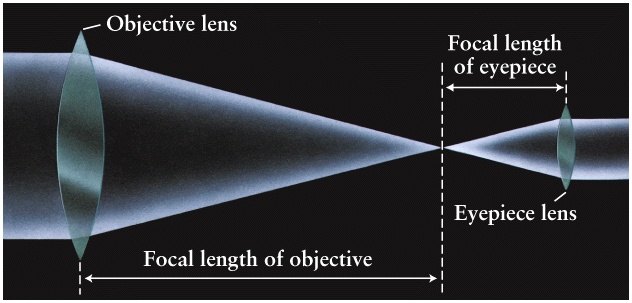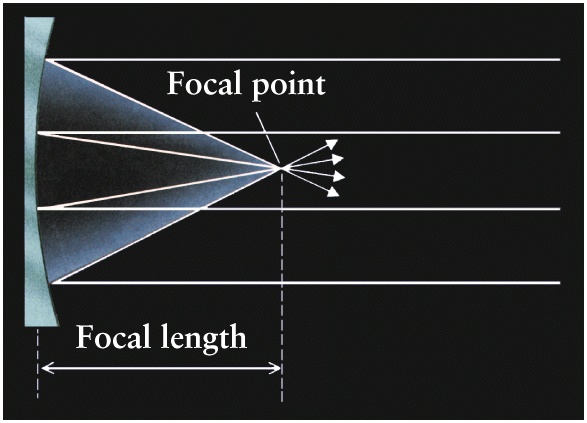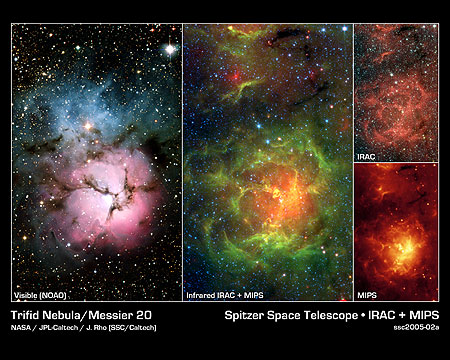- Refracting telescopes use the refraction of light in a glass lens to create an image of an astronomical object.
- If both sides of the lens are convex, parallel light rays focus at a point.
- The distance from the lens to the focal point is called the focal length of the lens.

















